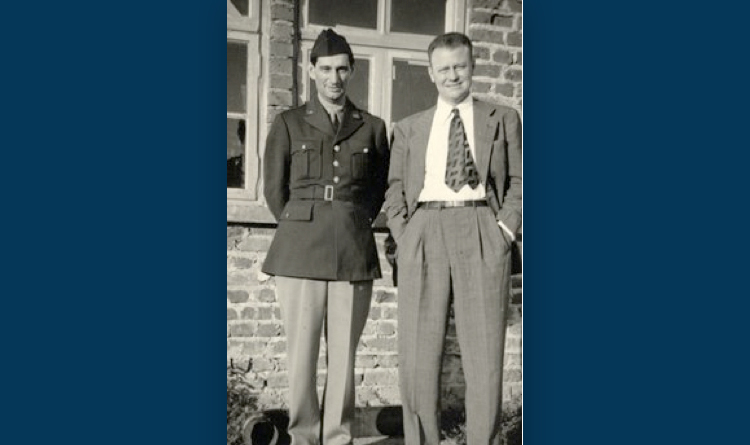August 3, 1945
Earl Harrison, a special envoy for President Harry Truman, reports that the rumors of poor treatment of Jews held at displaced-persons (DP) camps in Europe are true in many cases and that “we appear to be treating the Jews as the Nazis treated them, except that we do not exterminate them.”
After visiting 30 DP camps in Germany and Austria in July, Harrison finds that the facilities under the auspices of Gen. George S. Patton in southern Germany are especially poorly run.
Hundreds of DP camps were created after the defeat of the Nazis in World War II, which left 50,000 to 70,000 Jewish refugees in the western part of occupied Germany. The DP camps served those who were unable or refused to return to their countries of residence. The deplorable conditions were reported to the War Refugee Board. On June 22, 1945, Truman appointed Harrison, the law dean at the University of Pennsylvania and a former commissioner of immigration and naturalization, to go to Europe “to inquire into the condition and needs of those among the displaced persons in the liberated countries of Western Europe and in the SHAEF [the Supreme Headquarters of the Allied Forces] area of Germany — with particular reference to the Jewish refugees — who may be stateless or nonrepatriable.”
Harrison’s report urges the immediate evacuation of the DPs and specifically calls for opening the gates of Palestine to Jewish immigration: “The evacuation of the Jews of Germany and Austria to Palestine will solve the problem of the individuals involved and will also remove a problem from the military authorities who have had to deal with it.”
In late August, Truman asks Great Britain to allow 100,000 Jewish refugees to be admitted into Palestine. That request leads to the creation of the Anglo-American Committee of Inquiry in January 1946, which also suggests that 100,000 Jews be admitted into Palestine. Neither the president’s request nor the Anglo-American Committee’s recommendation is adopted: The British continue to restrict Jewish immigration under the 1939 White Paper.
The complete Harrison Report appears in The New York Times on September 30, 1945. The report and the public outrage caused by its release lead to improved conditions in the camps, including increased food rations, but do not change the number of Jews allowed to enter Palestine.









